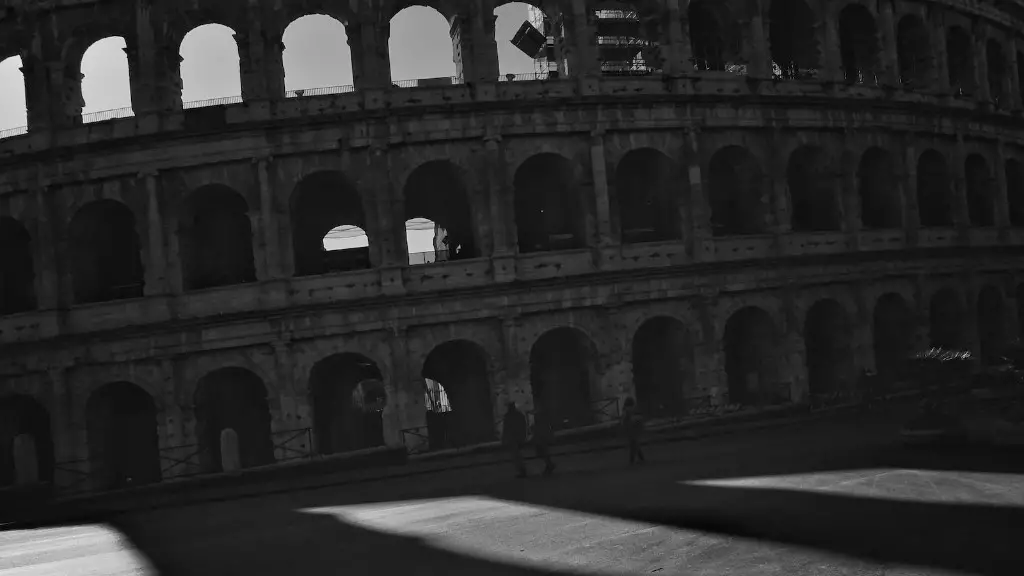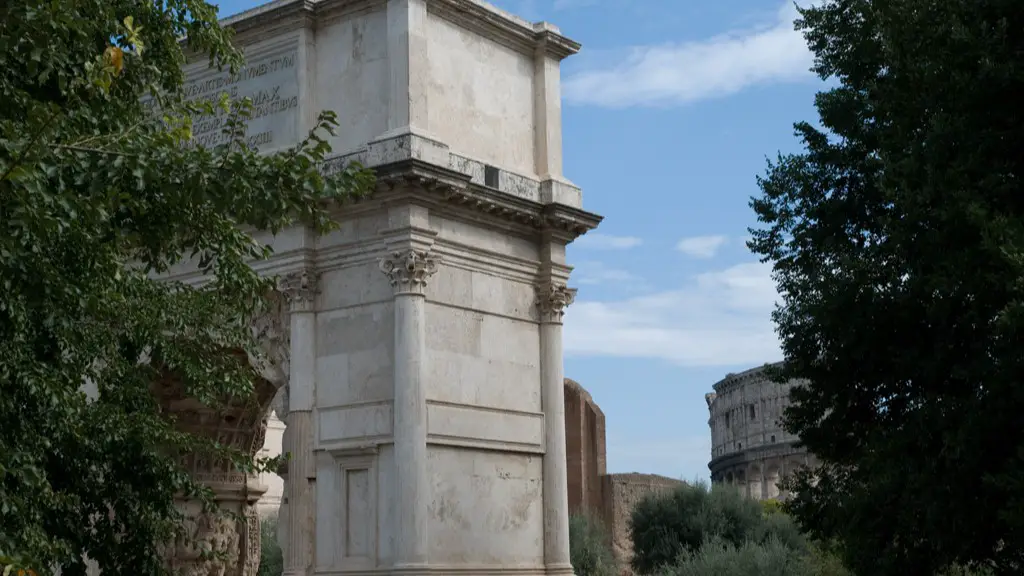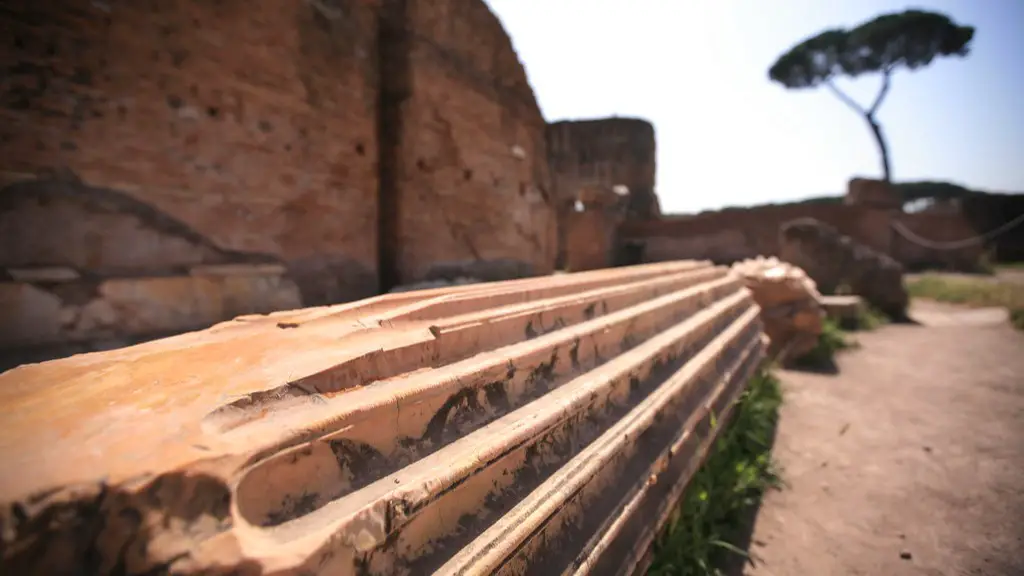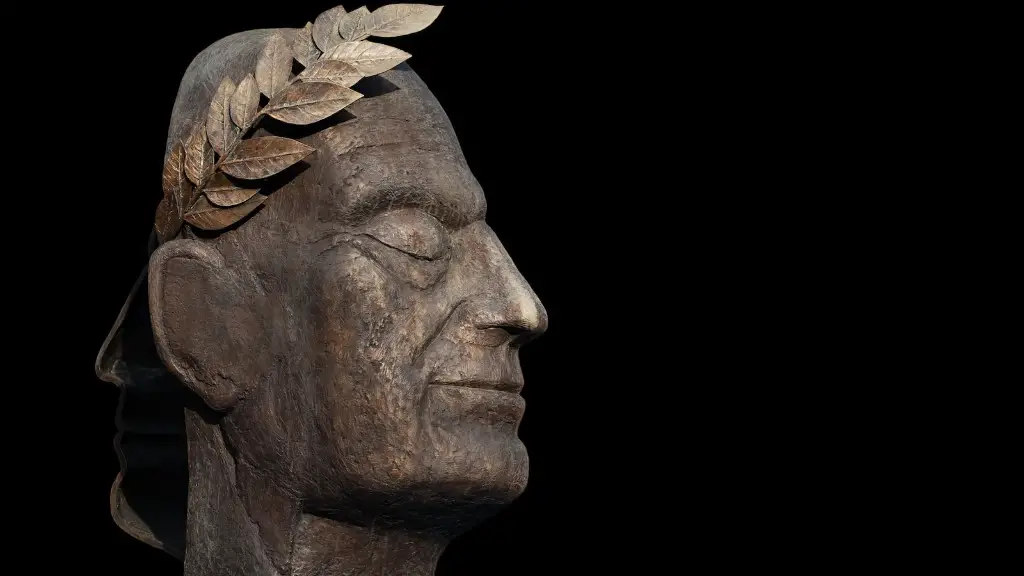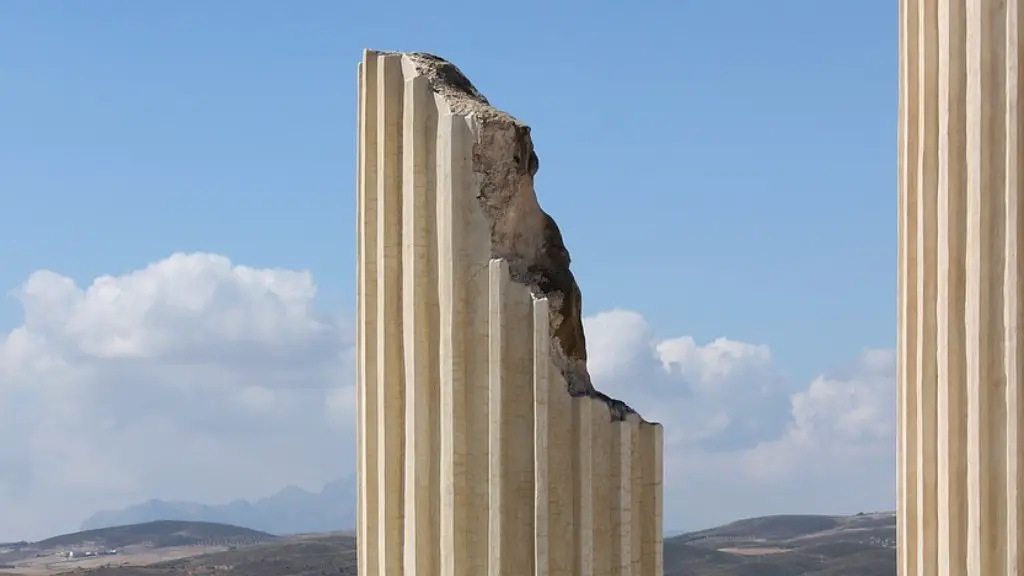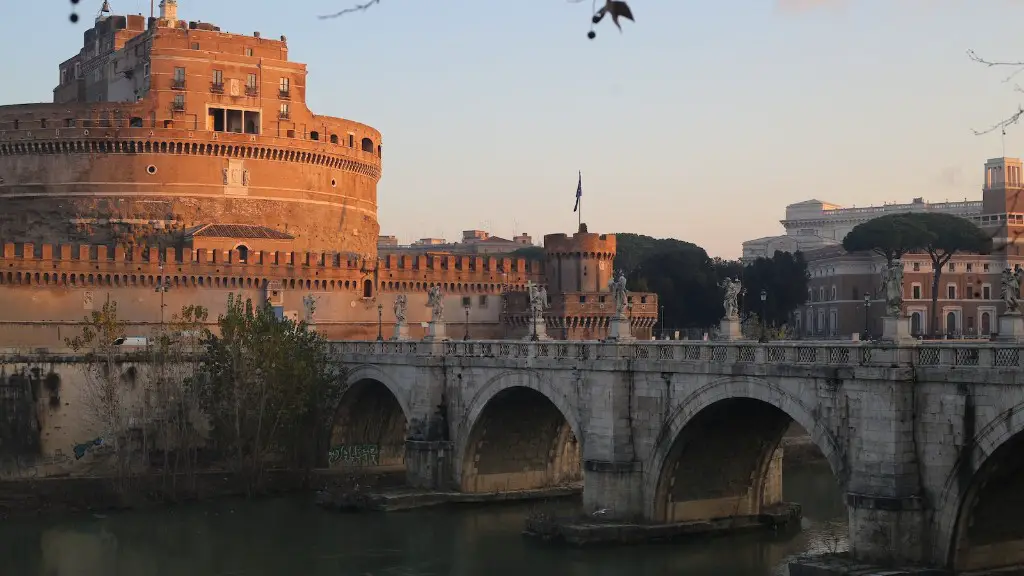Praetors in ancient Rome were high-ranking officials who carried out the administration of justice and commanded the Roman army. They were elected by the people and held office for one year.
A praetor in ancient Rome was a magistrate who exercised certain executive and judicial functions.
What rank was a praetor?
A praetor was a title granted by the government of Ancient Rome to a man acting in one of two official capacities: (i) the commander of an army, and (ii) as an elected magistratus (magistrate), assigned to discharge various duties.
Eight praetors were elected every year for a one-year term during the Third Servile War. A Roman citizen had to be at least 39 years old to be elected praetor and to have previously served at least one term as a quaestor.
What powers did the praetor have
Praetors were some of the most powerful Roman magistrates, with the legal authority, or imperium, to lead armies and preside over law courts. They were responsible for administering the law and judging disputes between citizens. The praetor urbanus was the magistrate responsible specifically for judging matters within the city.
A praetor was an elected magistrate who held legal power in ancient Rome, serving under the authority of consuls. The praetor urbanus was a city judge who heard cases between urban citizens, while a praetor peregrinus oversaw trials involving foreigners.
How were praetors chosen?
The praetors were chosen by the Comitia centuriata, an assembly of the people in which the richest Romans were in the majority. After the Lex Villia annalis (180), a minimum age of 40 years was required.
A legate was a high-ranking Roman military officer, typically in charge of a legion. Tribunes were also high-ranking officers, but prefects were of lower rank. Centurions were the lowest ranking officers in a legion.
Legions were organized into three lines of infantry, with hastati being the most forward, followed by principes and then triarii. Legions also had supporting units of velites and cavalry.
What was the praetors main job?
Praetors were originally only responsible for the administration of justice, but their role gradually expanded to include other duties as well. In the absence of consuls, praetors were the highest ranking officials in the Roman government and exercised a great deal of authority. Praetors were also responsible for organizing public games, a popular form of entertainment in ancient Rome.
The cursus honorum was the traditional sequence of public offices held by aspiring politicians in the Roman Republic. It was designed for men of senatorial rank. The offices included in the cursus honorum were the quaestorship, the aedileship, the praetorship, the consulship, and the censorship.
Did praetors lead legions
Praetors were the mightiest warriors and battle-leaders of the Space Marine Legions. They commanded the war hosts of the Great Crusade and held the power of life and death in their hands. Praetors were fierce and brave warriors who led their troops to victory time and time again. They were revered by their fellow Space Marines and were feared by their enemies.
While the consuls were the highest ranking officials in Ancient Rome, the praetor was not far behind in terms of power and prestige. The praetor was elected by the comitia centuriata, with one of the consuls presiding, and would enter into office on the same day and with the same auspices as the consuls. This meant that the praetor was technically second-in-command to the consuls, and could exercise a good deal of power and influence in his own right.
What is another word for praetor?
A provost is an obsolete term for a Roman office similar to a modern sheriff.
The two consuls were the highest positions in the government and they ruled the Roman Republic. A senate composed of patricians elected these consuls. Lower-class citizens, or plebeians, had virtually no say in the government at this time.
How old was a Roman praetor
The praetor was a high-ranking official in the Roman Republic. They were second in command to the consuls and had a number of important responsibilities, including administering civil law in Rome, commanding the Roman army, serving as judges in courts of law, and governing Roman provinces. Eligibility for the praetorship was set at age 40.
Caesar had made Brutus a praetor, one of the most powerful positions in the government. By doing so, Caesar showed his trust and faith in Brutus’ abilities. This act also cemented their friendship, as the two men now had a closer working relationship.
What were Roman judges called?
In an effort to give the plebeians more of a voice, the Roman Republic created the position of praetor. Praetors were part of the judicial branch and were elected yearly by the people of Rome. They acted as judges in cases involving the state, and also had the power to issue edicts, or laws.
Praetors were eventually given the power to command armies, and acted as governors in Rome’s provinces. The position of praetor was one of the most powerful in the Roman Republic, and helped to create a more level playing field for the plebeians.
The toga picta was a purple, embroidered toga worn by high-ranking Roman officials during special occasions. It was first worn by praetors celebrating games, and later by consuls during the time of the emperors. The imperial toga picta worn by the emperor was dyed a solid purple, symbolizing their power and status.
Final Words
A praetor was a judicial magistrate in ancient Rome. The praetors were created in order to relieve the pressure on the consuls, who had previously been responsible for both legislation and administration. The number of praetors varied over time, but there were always twice as many praetors as there were consuls.
A praetor was an ancient Roman magistrate who held various important positions in the government. The praetor was responsible for the administration of justice and the organization of public games. The office of praetor was the highest ranking position in the government after the consuls.
